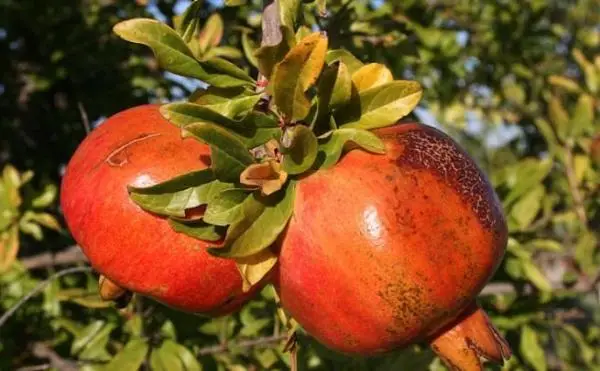The pomegranate is a fruit tree with green leaves that can reach 6 meters high but in their version called “nana” are about 40 centimeters. Its fruit is the pomegranate, an exquisite delicacy that will be worth not only tasting as a fruit but it is also fantastic to use as a complement in various dishes and thus achieve a very original flavor.
Like all trees and plants, the pomegranate also needs special care to be able to develop correctly, so take note and you will always get the most out of it.
Basic pomegranate care
- Compost: during the spring you have to apply an organic compost that decomposes slowly so that it can take full advantage of all its nutrients. When flowering arrives, add a little liquid fertilizer to the irrigation water so that it comes out with much more force and of better quality.
- Irrigation: it supports droughts very well although and it will be enough to water it during the summer every 15 days, although if you give it some extra watering the rest of the year it will not hurt. However, never water it if it still has moisture from the previous watering.
- Light: it only needs to receive a lot of natural light during its flowering season, so during the growing season it can be in the shade that does not affect it.
- Temperature: It needs a subtropical and tropical climate although it can withstand temperatures that reach -7ºC. In any case, the spring frosts do not bear them very well. For the sowing time it is required that they be good temperatures and that it is not too cold.
- Pruning: the best time is between spring and late summer and always doing it after flowering so that both fruits and flowers do not suffer any damage. Pruning can only be done if the tree is healthy, so if it is affected by any pest or disease, it must be cured before it can be pruned.
- Substrate: it is a tree that adapts very well to all types of soils, although if it is to be preferred, it likes better the soil in which the substrate can be deep, fresh and light.
- Transplantation: it must always be done every 2 years and when spring begins, monitoring the roots to heal those that are in poor condition.
- Flowering: begins in spring and lasts until the end of summer. If you grow it in full sun throughout the year you will get the flowers to be more abundant, but make sure that it is not too exposed if the heat is excessive.
- Pests and diseases: the most common pests are aphids, spider mites, scale insects and auger, while it can be affected by diseases such as chlorosis or fruit rot, something that happens if you have a lack of iron.
Pomegranate care
